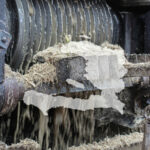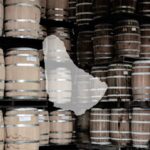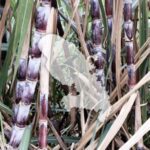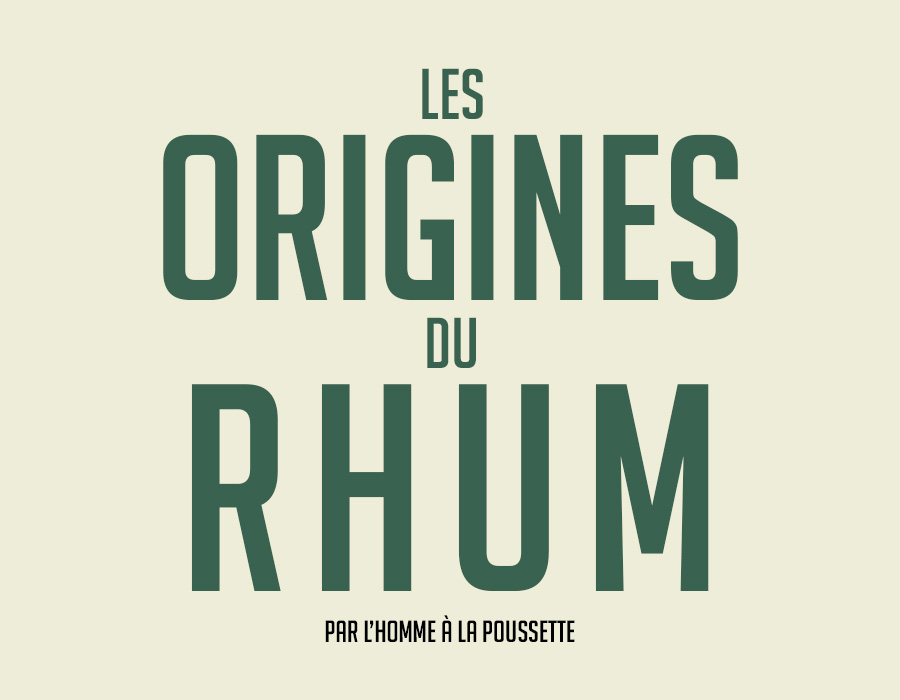White rum from Southeast Asia, get to the bottom of the bottle
Why does a white rum from Southeast Asia develop this aromatic profile? Let’s go from the bottle to the cane to find out.
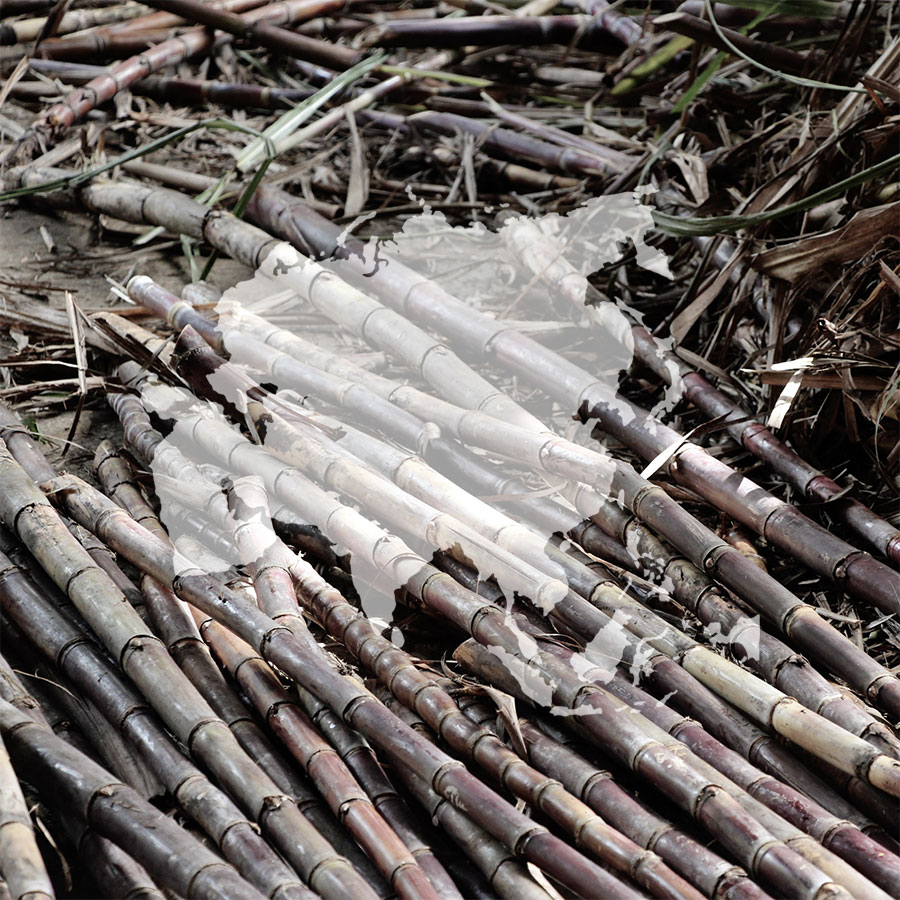
As you browse the shelves of your favorite specialty store, you come across a bottle of white rum with an illustration on the label that reminds you of Asia.Curious, and armed with your wine merchant’s sound advice, you leave with a bottle under your arm.
It’s a rum produced in Southeast Asia: Thailand, Vietnam and Laos all produce cane distillates.
Impatient to discover what it has to offer, you open the bottle, pour a few centiliters into your tasting glass (yes, white rum can be tasted too).
You’ll be surprised to discover fresh, herbal, floral and fruity notes. Very expressive, it’s not without roundness, almost mellowness.
From your meagre experience, you tell yourself that it resembles the white rums from Guadeloupe and Martinique to which you are more accustomed, with a little something extra, a slightly marine or metallic note perhaps?
We’re geographically far from the French West Indies, so how is this relationship possible?
Puzzled, you decide to pour a few centilitres of this “white” rum into another glass, to check your first impression. Same thing.
Trust our nose! It’s not your nose that’s deceiving you, it’s your eyes. One of the distinctive features of Cuban rum is that all its expressions are aged, and some are whitened. Yes, yes, you read that right.
In this case, the aged rum – which has taken on a few colors – is filtered over activated charcoal to remove any coloration. Also, since Cuban rum is legally at least 2 years old (we’ll come back to this), your white rum will have aromas that originate from the barrel, with vanilla and caramel topping the list.
To recap: the rum is aged, then blanched, so it retains the aromas of aging, but will be translucent.
First and foremost, the most obvious common denominator, which literally jumps out at you: it’s translucent. This is simply because it has not been aged. So, there’s no impact of the wood, since the liquid hasn’t been in contact with a barrel. It’s the raw material that fully expresses itself.
And, as you know, the vast majority of rums produced are made from molasses. But here, the aromas are too vegetal and fresh; they don’t stick.
Your nostrils have not deceived you: it is indeed the scent of sugarcane juice that this rum exhales.
Southeast Asia is a huge producer of sugar cane, led by Thailand, so it was only natural that rum made from the fermentation of cane juice should be produced there.
But a crucial step was still missing: the contribution of knowledge and know-how. In most cases, it was local Frenchmen who embarked on the adventure.
All the ingredients were in place for the production of top-quality white rums. You’ll most often find these Southeast Asian rums white. This is due to several factors:
- Unlike a good proportion of unaged molasses rums (don’t throw stones at me, I didn’t say “all”), pure cane juice white rums already offer a pleasant profile that stands on its own.
- Most rum distilleries in Southeast Asia are relatively young. Aging a spirit takes time and represents a major investment, which is not always compatible with a fledgling distillery.
- Thai law makes it extremely complicated to age spirits in Thailand. It is just as difficult to bottle rum above 40%.
That’s why they’re related to the white rums of the French West Indies, but they’re far from carbon copies. These differences, which you may have sensed on the nose and in the mouth, can be traced back to several stages in the distillate’s production.
First explanation: the varieties of cane are not the same (you might have thought). White rums made from pure cane juice are, so to speak, the only ones where you can taste the particularities of the sugar cane itself.
.
Terroir in rum is probably only to be found in the category of pure cane juice white rums.
In the same way, these rums are also unique in that they let the terroir express itself. Soil, climate and the hand of man (with a push-button) are all factors that leave their mark on the final product: white rum.
This is less the case when ageing is involved, and even less so when we’re talking about molasses rums, which are already a processed product and often come from regions of the world other than that of the producing country.
The second explanation lies in the way in which the juices are distilled. Whereas in Martinique, for example, cane wine (fermented cane juice) has to be distilled on a Creole column, small-scale producers in South-East Asia have chosen to use small stills, often dictated by economic constraints.
Not only are these units less costly and able to work with limited quantities of raw material, they also allow for more precise and easily modifiable settings.
However, distilling on a column or an iron still (or even a hybrid still, where a small rectification column is integrated) will obviously have a significant impact on the distillate.
This is where the marine and sometimes coppery notes come from, in addition to the pronounced sugarcane aromas.
Now you know what you’re getting in your bottle, and why this rum has such a distinctive identity.


